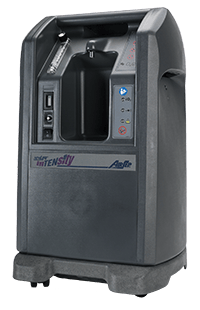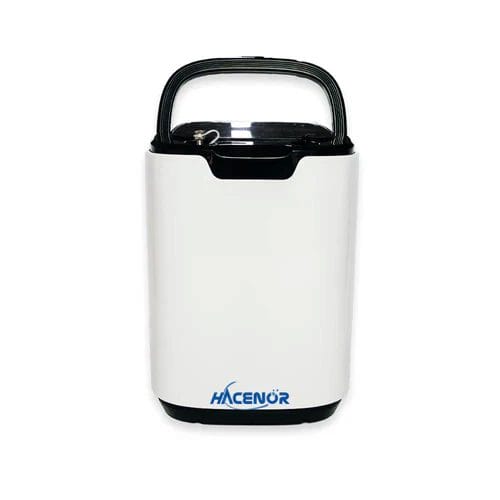[Last updated May 17, 2024]

As seniors age and daily routines become more challenging to manage, many face the difficult decision of how to remain self-reliant well into their golden years. As an increasingly popular senior living option, assisted living is tailor-made for seniors who need some assistance performing normal, everyday activities but still want to maintain their independence. Read on to explore what assisted living is, the services assisted living communities offer, and the various assisted living payment options.
All about assisted living
Assisted living communities offer a comfortable and safe environment for seniors who need minor assistance with activities of daily living (ADLs), such as personal care, medication management, and meal planning and preparation. Along with a private apartment, residents typically enjoy access to a wide range of services and amenities that cater to their needs and support their independence, including 24-hour security, laundry facilities, housekeeping services, and transportation services.
While professional caregivers can assist residents with nonmedical services, most communities do not offer skilled nursing care around the clock, unlike in a nursing home. Assisted living residents typically range in age from 65 to 100-plus, with most facilities requiring residents to ambulate independently or with a mobility assistive device, such as a cane or walker.
A day in the life of an assisted living resident
A typical day for the average assisted living resident is usually structured around activities and routines catering to their needs. After getting ready in their apartment, the morning often starts with a nutritious breakfast served in the dining room, where residents can socialize with one another and bond with peers. Following breakfast, residents may participate in various activities, including exercise classes, arts and crafts, or group outings organized by the facility’s staff.
After a morning filled with activities, residents usually enjoy a wholesome lunch before taking a brief afternoon nap or engaging in more leisurely activities. Many assisted living facilities offer a range of services, including on-site hair salon services, therapy sessions, and access to medical care, allowing residents to focus on their health and well-being. In the evening, seniors often gather for a communal dinner, which provides another opportunity for socializing and connecting with fellow residents and staff.
Some communities also offer evening entertainment, movie nights, or game nights to keep residents engaged and entertained. As the day winds down, residents may retire to their apartments or catch up on their favorite television shows in the communal area before turning in for the night.
Qualifying for assisted living
Potential residents must typically undergo a health assessment to determine their level of care needs to qualify for assisted living. Ideal candidates for assisted living are usually seniors who need assistance with ADLs, such as bathing, dressing, and toileting, as well as instrumental activities of daily living (IADLs) like medication management, meal preparation, and transportation.
Residents with cognitive-related conditions like Alzheimer’s disease or dementia may also qualify for assisted living, depending on the facility’s ability to provide the appropriate level of care. As a result, families need to discuss their loved one’s specific needs and concerns with the facility’s staff to ensure they can provide the necessary care.
Assisted living costs
Assisted living prices can vary greatly depending on the facility’s location, the level of care needed, and the amenities provided. The national median cost of assisted living is over $5,000 per month, with some facilities charging additional fees for services such as medication management, transportation, and specialized memory care.
Before signing on the dotted line, seniors and their families should carefully review each facility’s costs and services to determine which option best aligns with their budget and needs.
How to pay for assisted living
Once they’ve moved in, residents can pay for assisted living services in several ways. Many use a combination of their nest egg savings, retirement income, and Social Security benefits to cover the costs. Other residents have long-term care insurance policies that can help offset assisted living expenses.
Medicaid, the federal and state program that provides health coverage to low-income individuals, may also help cover assisted living costs for eligible residents. However, not all assisted living facilities accept Medicaid as a form of payment, making it essential for families to check with the facility beforehand to ensure they can accommodate this payment option.
Some seniors may choose to sell their homes or other hard assets to help cover assisted living costs. Because every senior’s finances are different, they and their families must carefully consider their payment options and long-term care needs when planning for assisted living expenses.
Is assisted living right for you?
Assisted living facilities offer a supportive and engaging living environment for seniors who need some help with ADLs but prefer to maintain their independence. Understanding the services offered, the costs involved, and the payment options available empowers seniors and their families to make informed decisions about their long-term care needs.
If you or a loved one is considering assisted living, you should research different facilities, ask questions about services and costs, and visit each potential community to get a feel for the environment. With the proper support and care, seniors can thrive in assisted living and enjoy their golden years while living life to the fullest.








